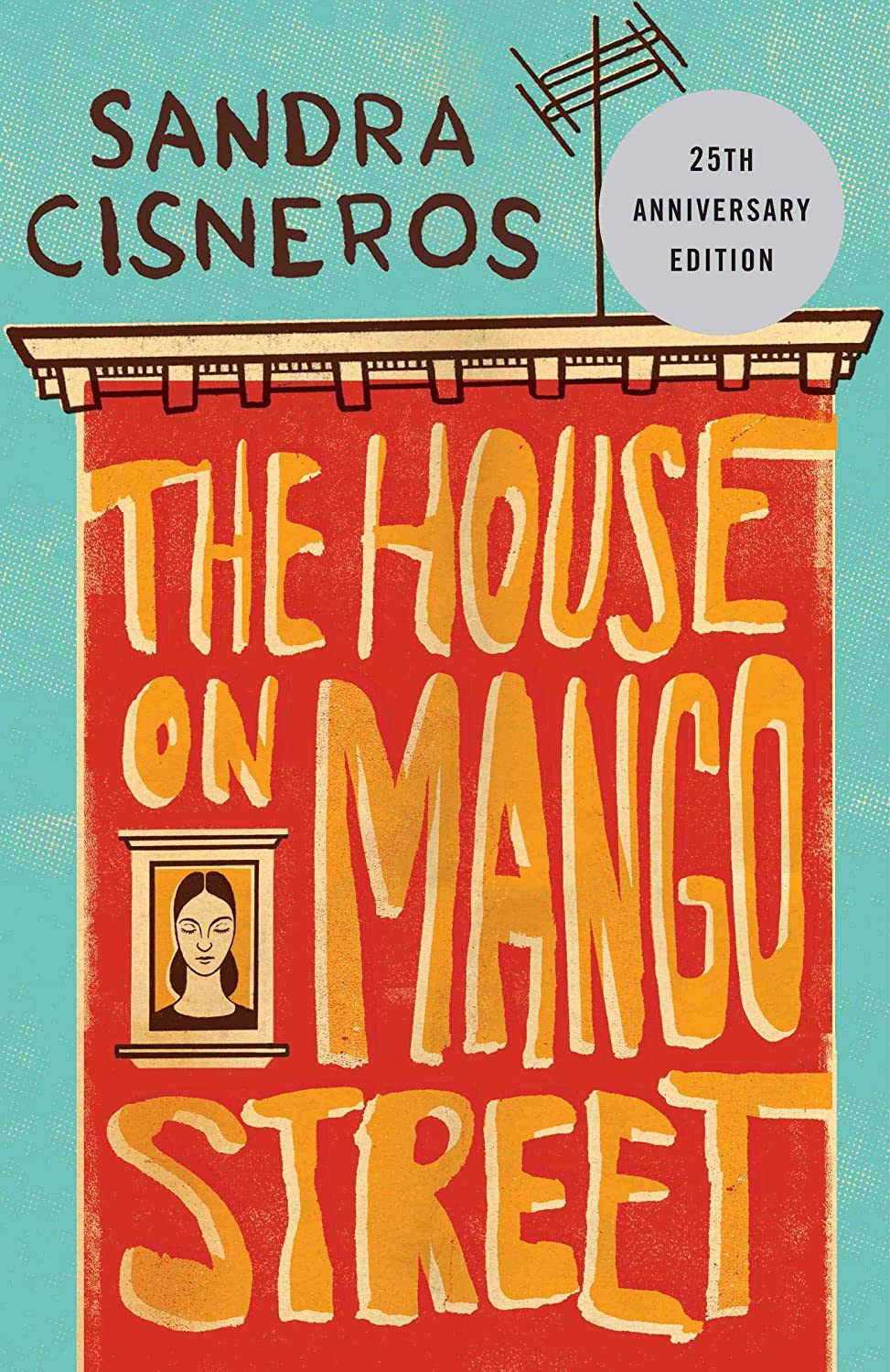


The kidnapping ends up shaping much of Esperanza's identity, since she often compares herself to her great-grandmother. It turns out though, that Esperanza's great-grandmother was actually kidnapped by Esperanza's great-grandfather, who apparently threw a sack over her head and carried her off "as if she were a fancy chandelier." Um, WHAT?! Well, that's kind of problematic. The House on Mango Street by Sandra Cisneros, $8, Amazon Esperanza's great-grandfather kidnapped her great-grandmotherĮarly in the novel, Esperanza introduces the reader to her namesake-her great-grandmother. But if you haven't picked it up since your awkward teen years, here's what you may have missed from The House on Mango Street: Since its publication in 1984, The House on Mango Street has become required reading in schools and universities across the country. And when you were reading it the first time around, you probably weren't equipped to recognize a lot of the deeply disturbing events that unfold throughout the book. You may even remember your teacher talking about the novel's use of vignettes, or the short scenes that are used to tell Esperanza's story.īut like so many books you enjoyed as a kid, The House of Mango Street deals with some pretty tough themes under the surface. When most of us picked up the novel, we were still learning about things like metaphor, personification, and imagery in our English classes.

Sometimes funny, and often deeply profound, The House on Mango Street is a story about growing up, finding out where you come from, where you belong, and who you want to be. The book is narrated by a Latina teenager, Esperanza Cordero, and tells the story of one year of her life on Mango Street, in a Chicago barrio.

At one point or another, we've all read Sandra Cisneros' novella The House on Mango Street.


 0 kommentar(er)
0 kommentar(er)
